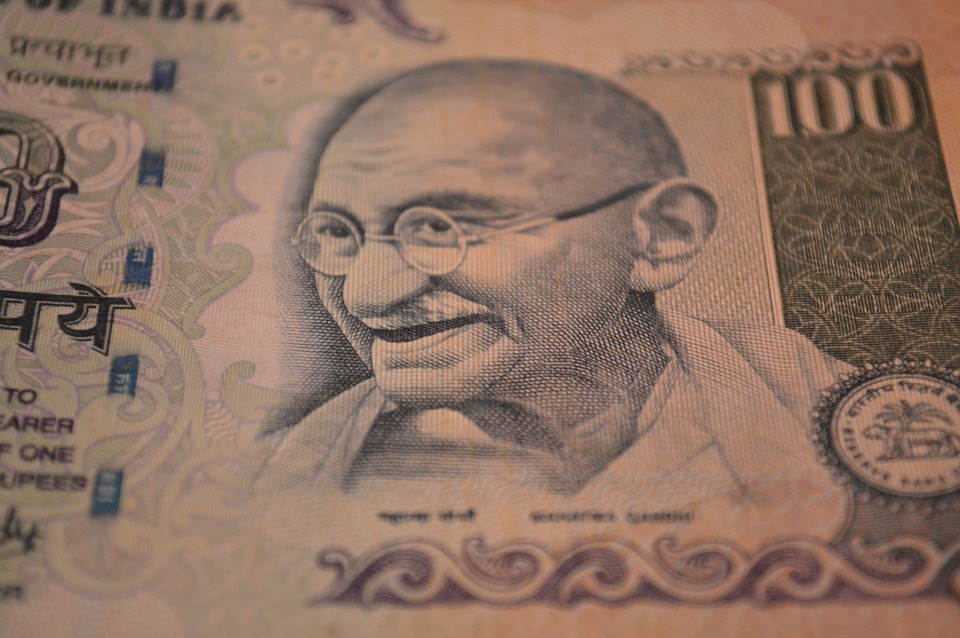Also read: 5-Points to Fuel Uber India
This can be as simple as this. Air traffic in India has been growing at an unprecedented pace; the economy is adding more and more people to the middle and upper-class bracket, spending capacity has been swelling, more so on the back of a shift in the mindset of today’s households which do not save as much as their ancestors. Are these not positive signs for the air transport industry in India?
What then makes the beast among all, Air India, an imprudent buy for experts; the so-called
USD 8 billion in debts or the unsustainable workforce of 27,000 or consistent net losses in the financial statements of this enterprise?
All of these are a part of the game, and when the game is as big as the Indian aviation industry that overtook Japan recently to become world’s third largest market, all owing to a whopping growth of above 23 percent in domestic air traffic in 2016, the negatives are nothing but tiny and curable obstacles.
Categorizing Air India as a weak link in the industry is nothing but assessing the condition on its face, rather than by resorting to a rational SWOT analysis. Weaknesses have been mentioned above; one can add to it the pressure of trade union on the operations of Air India, now let’s talk about the strengths.
Member of Star Alliance, the maharaja, has a large asset base, flies the highest number of passengers to and from India and has three profit making subsidiaries. Any player taking over the operations of the presently state-run Air India will gain easy and quick access to coveted landing rights at major destinations globally and company’s decades of experience in international routes, along with engineering and operational expertise. What’s more? The same government that will sell its stake in the debt-ridden Air India can be lobbied by the buyer for favorable policy in aviation sector so that the immediate road ahead is impediment-free.
The divestment drive of the government of India that has seen a surge since 2014 has reached its notable mark post the clearance of the proposal of Air India’s privatization by the cabinet. And this drive can fetch its desired outcomes, profitability and increase in stakeholders’ wealth, only when private sector investment is enthusiastic towards such drives.
Air India awaits this consideration by a private player who can place a risky-appearing but ultimately rewarding bet on a sick company that operates in a highly promising and growing sector of the economy.
In spite of its late entry, Indigo has sustained a consistent performance, mainly credited to its simple and no-frills approach towards the business. Overhaul of operations of Air India that are currently plagued by the lackadaisical approach of staff and management; price restructuring, cost cutting in areas like laying off of excess workforce and aircraft occupancy while flying are simple steps which when focused upon will make Air India’s buy a rewarding bet.
Also read: Underst anding Inflation And Why It Isn’t Bad
Disclaimer – The views or opinions expressed in the article are the personal opinions of the author and do not in any way reflect the views of Suvipra. Suvipra does not assume any responsibility or liability for the same.
To get your article published on Suvipra.com, refer our guidelines Guidelines
Contribute article Contribute











